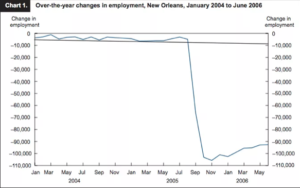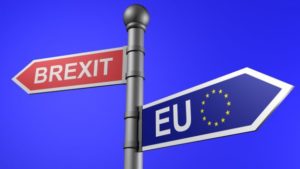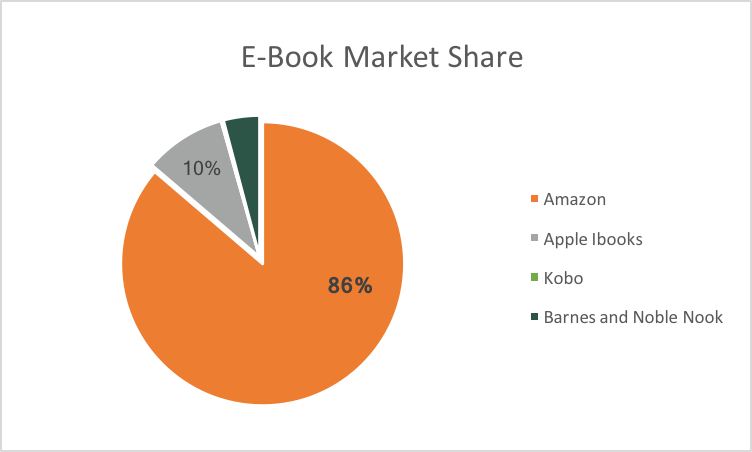 As time goes on, technological advancements are to be expected. For many industries, the growth of technology is a great thing, as it helps innovate new products in electronics, medicine, and more. But for workers at ports across the world, increases in automation, technology and robotics threaten local workers’ jobs.
As time goes on, technological advancements are to be expected. For many industries, the growth of technology is a great thing, as it helps innovate new products in electronics, medicine, and more. But for workers at ports across the world, increases in automation, technology and robotics threaten local workers’ jobs.
This debate hits especially close to home, as the ports in California alone handle 40 percent of U.S. container traffic. With the ports of Los Angeles and Long Beach being the two biggest ports in America, they are also one of the main employers of the region. Between port operations and commerce, the Port of Los Angeles supplies over 133,000 jobs in the LA area. The Port of Long Beach accounts for over 30,000 jobs in Long Beach alone through its 20 divisions.
If the ports went completely automated, would all these people be out of work?
Of course, the answer is more complicated than a simple yes or no. While not every single employee at each respective port would be out of a job, certain jobs like terminal operators may be at the most risk.
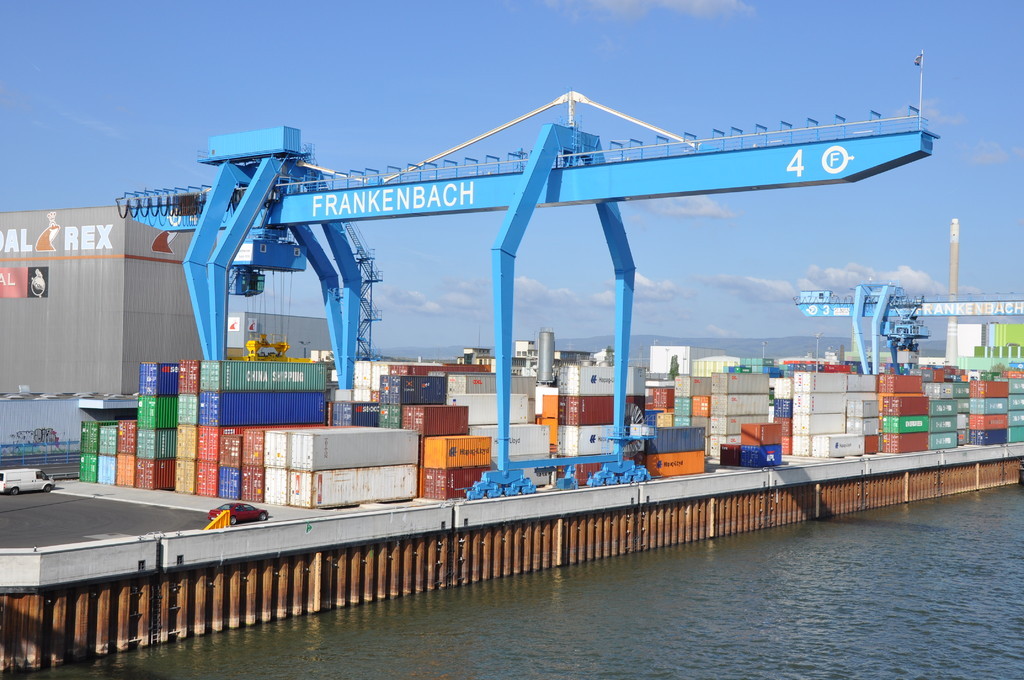 The most recent automation update at ports is in the yard cranes. According to Port Technology, several ports around the world like Singapore, Germany and Holland have already adopted automatic crane use, and local ports have installed a few as well. The technology installed in these cranes allows for precise automatic pick-up of containers, drop-off, and perfect stacking.
The most recent automation update at ports is in the yard cranes. According to Port Technology, several ports around the world like Singapore, Germany and Holland have already adopted automatic crane use, and local ports have installed a few as well. The technology installed in these cranes allows for precise automatic pick-up of containers, drop-off, and perfect stacking.
Naturally, there are both advantages and disadvantages to adopting automation in the ports. One advantage is the efficiency and accuracy by which robots are able to do work. Automation would allow for a greater amount of goods and containers to get through ports and it would make the transaction turnarounds even quicker.
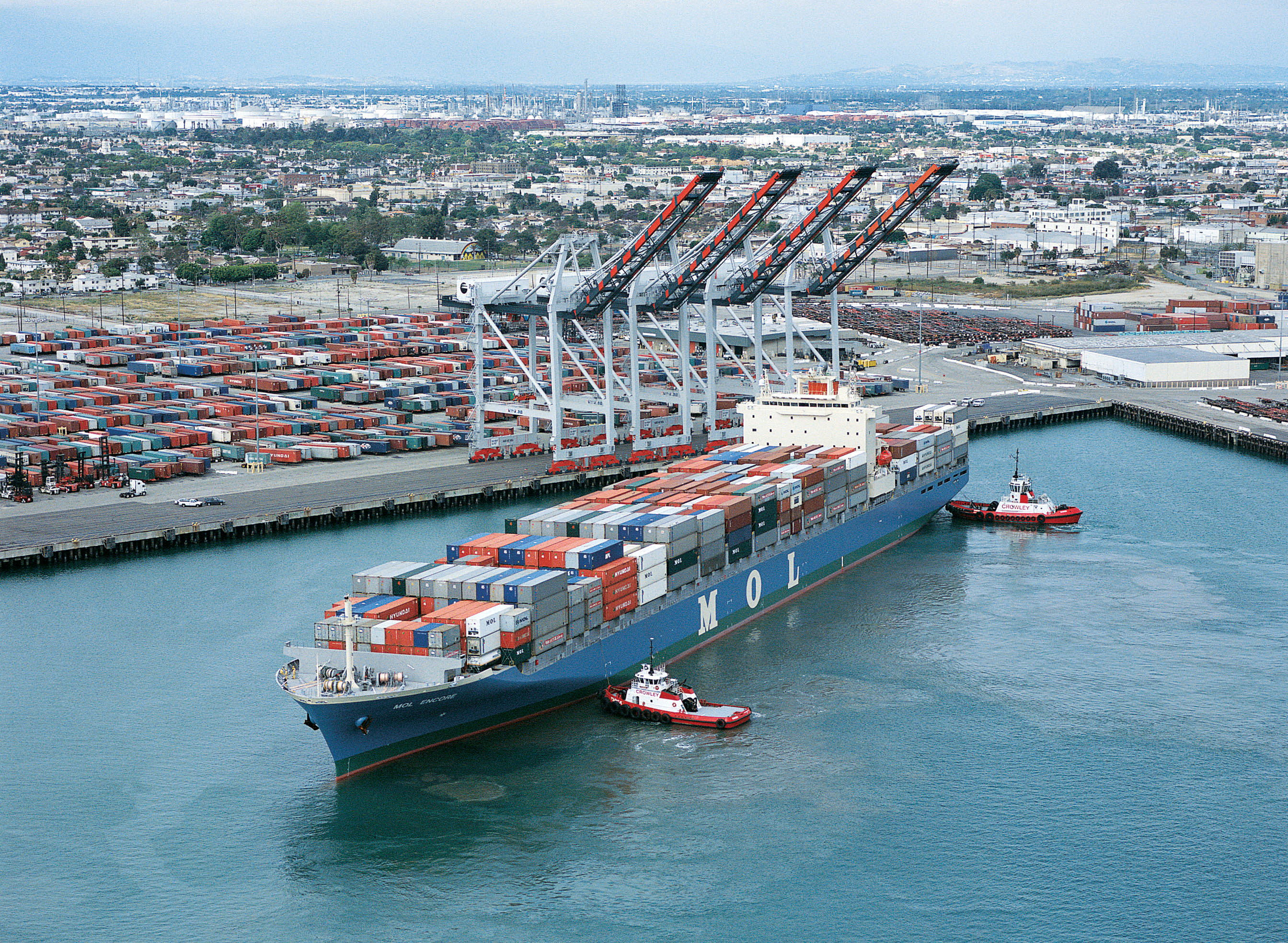 One terminal in the Los Angeles port that has already adopted automation has seen time spent loading and unloading the ship be cut in half since the switch. This not only creates higher profits for the terminal operators, but it gets trucks and drivers back on the road faster. Additionally, the electric- and hybrid-powered automated machines significantly cut down on carbon emissions, which is better for the environment.
One terminal in the Los Angeles port that has already adopted automation has seen time spent loading and unloading the ship be cut in half since the switch. This not only creates higher profits for the terminal operators, but it gets trucks and drivers back on the road faster. Additionally, the electric- and hybrid-powered automated machines significantly cut down on carbon emissions, which is better for the environment.
However, with the adoption of automation could also come a huge loss of jobs across the country. As history has shown, when the standardized shipping container was first introduced, over 90 percent of dock workers lost their jobs within 15 years. Of course, current port workers are concerned that history will repeat itself and automation will completely eliminate their current jobs.
While the Port of Los Angeles, in particular, has partially adopted automation, their solution seems to be to keep it that way for now in the hopes that no jobs will be lost. Full automation at a port would take a lot of time and money, but it seems to be where the future is headed. Perhaps in 10 or 20 years, ports across the world will all be fully automated.
